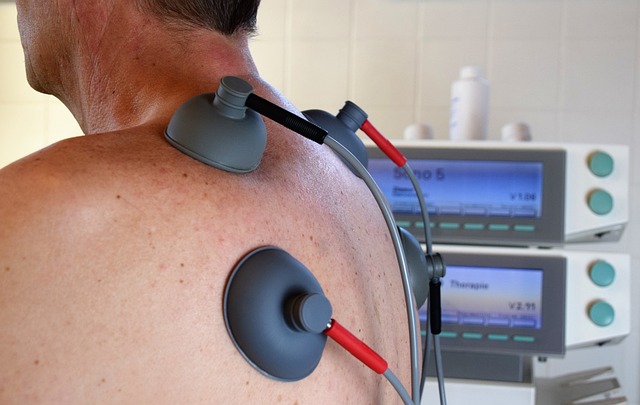The medical community has been aware of the role that social factors play in determining health outcomes for years — but evidence of the fact has never been quite so abundantly clear.
Even a cursory glance over COVID-19 data reveals an inarguable link between infection rates, fatalities, and social determinants of health such as poverty, job insecurity, and homelessness. Two pediatric physicians, Drs. Elissa M. Abrams and Stanley J Szefler, recently illustrated a concrete example of this in an article for the Lancet, noting that school shutdowns have increased food insecurity for children who rely on school lunch programs for free or low-cost meals. This food scarcity can lead to increased malnutrition, which in turn “causes substantial risk to both the physical and mental health of these children, including lowering immune response, which has the potential to increase the risk of infectious disease transmission.”
Countless industry authorities have noted that staying safe in COVID-19 is often a privilege reserved for the housing-secure, financially-stable, and healthy. As Abrams and Szefler put the matter, “Being able to physically distance has been dubbed an issue of privilege that is simply not accessible in some communities.”
Dr. Mary Basset, the Director of the FXB Center for Health and Human Rights at Harvard University, puts this point another way while explaining how the pandemic has an outsized effect on communities of color, writing, “This really is about who still has to leave their home to work, who has to leave a crowded apartment, get on crowded transport, and go to a crowded workplace.”
Statistics back Dr. Basset’s point. According to Census data published by the New York Times, 43 percent of Black and Latino workers in the United States are currently employed in a production or service role that cannot be done remotely. Making matters more complicated, many of these at-risk workers also live in multigenerational households, which can inadvertently communicate the disease to vulnerable older family members. Recent research shared by the Pew Research Center shows that 27 percent of Hispanic and 26 percent of Black Americans lived in multigenerational housing as of 16. This rate is significantly higher than the 16 percent of white Americans.
The connections between the social determinants of health (SDOH) and COVID-19 risk factors are clear as day. However, our awareness of social factors’ importance hasn’t always translated neatly into clinical action.
This hesitancy is partly because improving factors such as housing insecurity, racial inequality, and other longstanding concerns requires years of painstaking community work; a single treating physician can’t move the tide alone. Past literature has shown us that physicians “often feel helpless and frustrated when faced with the complex and intertwined health and social challenges of their patients” and “many avoid asking about social issues, preferring to focus on medical treatment and lifestyle counseling.”
But what if we had a way to empower physicians to integrate SDOH factors into their clinical practice? What if, instead of overlooking critical information out of sheer frustration, providers could use social data to improve their treatment plans?
With social informatics, they may be able to accomplish just that. The term entered our medical vernacular in September, when researchers at the University of California at San Francisco published a paper in the Journal of the American Medical Informatics Association on the value that SDOH data could hold in clinical practice.
The team defined the domain of social informatics as a new domain which “studies the application of information technologies to capture and apply social data in conjunction with health data to improve clinical care and advance individual and population health. Social informatics uses SDOH-relevant data from informatics resources, such as EHRs, claims data, and mHealth data, to inform research, enhance patient care, and facilitate rapidly growing activities at the intersection of SDOH and medical care.”
The UCSF team made a case that social informatics could provide invaluable information relating to a patient’s medical care. Home addresses, they noted, could be used to assess a variety of neighborhood conditions such as walkability, deprivation, violence, and food scarcity — all of which are critical in determining the role a patient’s environment may have in shaping a patient’s physical and mental condition.
Of course, there will be challenges. Implementing SDOH into clinical decision-making isn’t as simple as inserting a row on the proverbial spreadsheet. Instead, providers will need to work with local community organizations to develop a robust pipeline of relevant SDOH data, then incorporate it into EHRs with the understanding that it will need constant updates to remain abreast of community changes. Providers will also need to develop a series of best practices to govern the use of social data and promote policies that encourage SDOH-mindful community growth and advocacy.
Integrating social informatics would take a great deal of work, it’s true — but our experience with COVID-19 proves that providers need a data-driven edge to fight back against disparities in healthcare. SDOH can become an invaluable tool in providers’ proverbial boxes if only they hone it properly.







